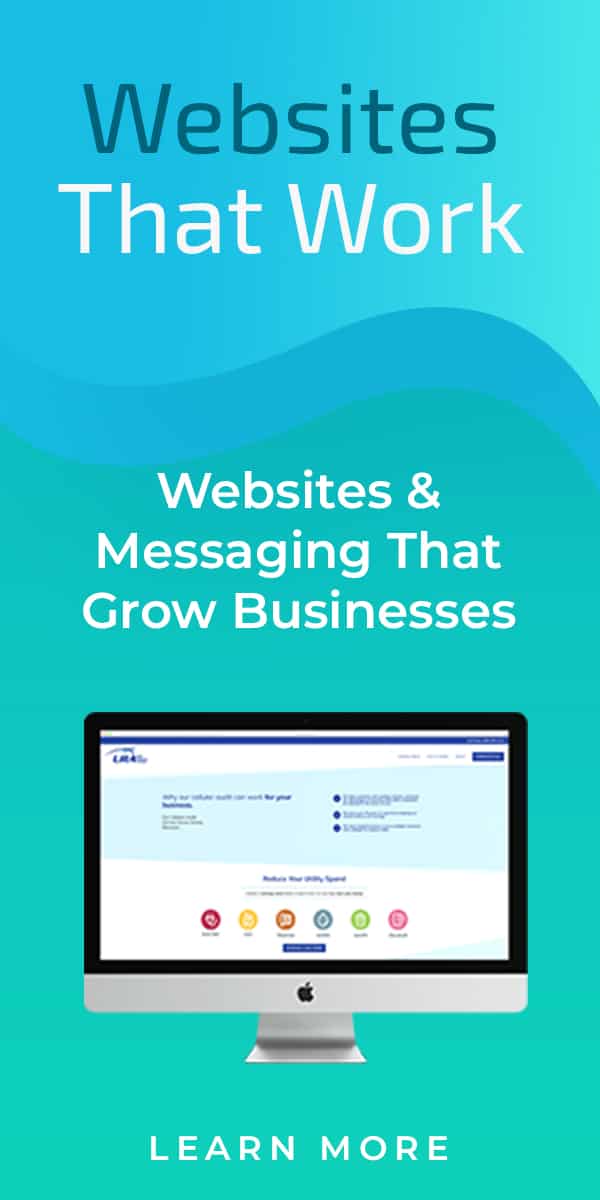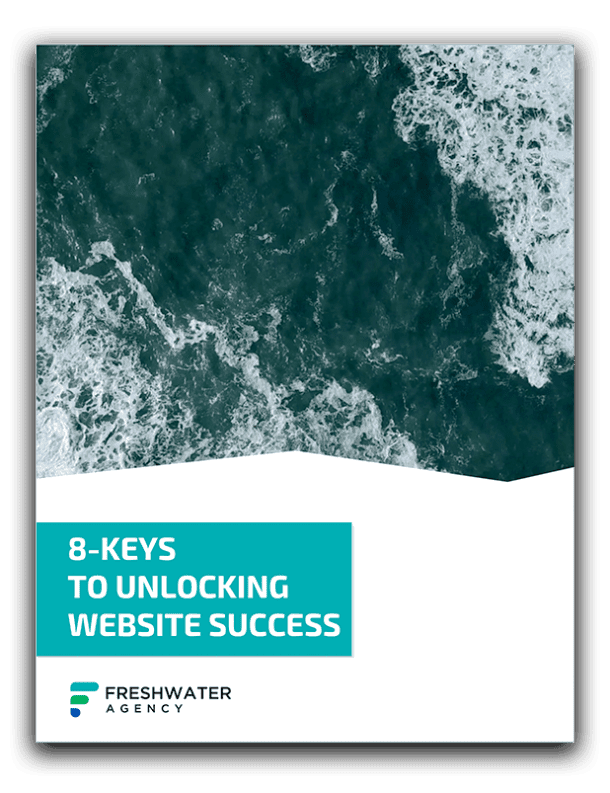Writing and publishing long-form content will help you get better search engine rankings, but those long articles take time and resources to write or produce. Don’t stop posting long-form content, but drive traffic to your website with less time-intensive content as well. Doing so offers some advantages too. People have shorter attention spans than ever, so they may lose interest in long-form content quickly while microcontent is easily digestible.
What is microcontent? Microcontent is any form of online content that can be created in a short span of time but will still engage your audience. It includes text posts, photos, and videos that instruct or entertain but is short enough to allow for positive human interaction without content overload. Plus, it’s easy to share on social media.
More companies are recognizing the potential for microcontent to improve their brand experience and drive more traffic. It’s not surprising given that the share rate for a quality photo on Facebook is quite high. But photos aren’t the only type of microcontent that engages viewers on social media. Let’s look at some other microcontent that can boost your traffic.
Short Videos

Short videos are the ultimate in microcontent. In the past, people had to rely on text posts to post and share videos. However, micro-videos are changing this. These are short clips that can be posted on social media platforms and have a significant impact on marketing your brand or business. Short videos are engaging and easy to make. In fact, the video giant YouTube now allows people to post “shorts,” videos that are 15 seconds or less in length on the channel because of their popularity and high engagement.
You can use a variety of free video makers, including Canva, to create short videos to engage viewers on social media. One of the easiest ways to use short videos is to publish a short synopsis or a portion of your long-form content. For example, take one of the tips you published on your blog or website and turn it into a short video. Then use it to drive traffic to your long-form content. However, you can also post short videos for pure entertainment value if it’s consistent with your brand.
Memes

People love memes and they grab attention. Memes are images with phrases that people share on the internet – often through social media. Memes can be humorous or serious but typically tap into a deep-seated human emotion or truth. They’re a powerful way to tell your story by presenting viewers with something they’ll recognize instantly. Memes are quickly becoming a smart marketing tool for savvy businesses.
The idea is to make a meme that is funny, interesting, and/or shocking enough for people to want to share it with their friends and on social networking sites like Facebook and Twitter. Like much of the best online content, memes are often funny, poignant, or thought-provoking. They can be effective ways to attract people to your website but be careful. Make sure the meme is consistent with your brand. Humor is tricky. While you might entertain and delight some people, others may be offended. One way to make this work is to seek out trends to post a meme about and share widely on social media.
Infographics

Infographics take time to make, but they’re popular as a way to summarize information and make it more engaging. A visitor may not be willing to read your long-form article, but they’ll appreciate a summary of that article in infographic form. It’s easy to post infographics on sites like Twitter and Facebook and draw traffic to your website. Plus, you can also post the infographic with your long-form article on your website or blog. Infographics have the benefit of summarizing information in a visually engaging manner that makes them memorable. No wonder people share them so much!
Graphs or Statistics

People are intrigued by numbers and statistics. Why not share some intriguing statistics on social media with a link back to your website? You can use a graphics program to present graphs or bar charts too. There’s something about statistics that makes people click and share. So, take advantage of this lesser-used way to drive traffic to your website.
Listicles

A listicle is a list that summarizes something. For example, you might post a listicle that lists 10 ways to save the planet. Rather than post it as text in a Tweet or Facebook post, use a site like Canva to place your list on a graphic. The graphic will make your listicle more eye-catching and will encourage sharing. Include your website address at the bottom.
The Bottom Line
Experts have said that people will browse through their news feeds for more than two minutes. Since they don’t want to be bored and forced to scroll down every day, they can only hold a maximum of two headlines in their head.
As a result, microcontent is very effective at bringing in traffic. Chances are good that people who read your short, concise content will share it and it will drive more visitors to your website. If you do it correctly, you can see an increase not only in brand awareness but also a significant rise in leads and sales. If you’re not posting microcontent, why not? Its shareable nature will help you bring in new clients and customers. Certain types, like infographics and statistics, will also help you establish credibility. Take advantage of this faster way to drive traffic to your online business.


